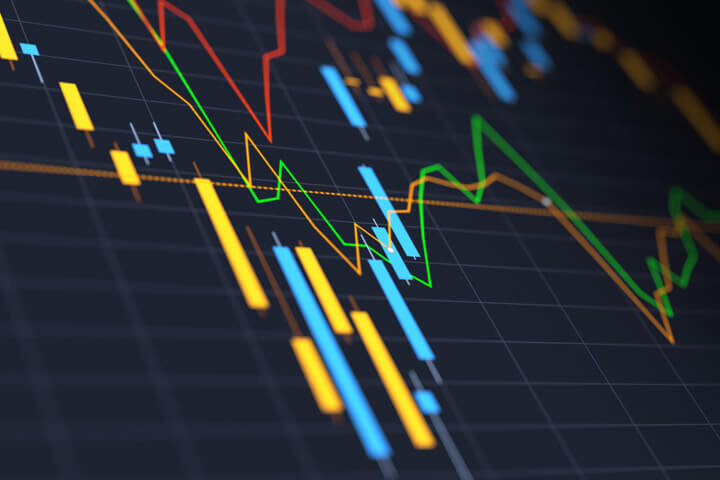July 2, 2025
As the second half of 2025 begins, Wall Street is celebrating a tech-led rally that has pushed major indexes near record territory, but questions over trade, inflation, and interest rate policy are creating turbulence just beneath the surface. The S&P 500 has gained over 5% year-to-date, fueled largely by the outsized performance of AI-heavy tech giants. However, the rally remains thinly spread, and market breadth continues to narrow, raising concerns about sustainability (Investor’s Business Daily, 2025a).
A major drag on investor confidence is the Trump administration’s aggressive return to tariff diplomacy. Average U.S. trade levies have quadrupled from 3% to 13%, according to estimates from Oxford Economics, raising fears that inflation will remain elevated and erode real wages and consumer demand. The manufacturing sector, already showing signs of weakness, is particularly vulnerable, as higher input costs meet weakening global demand (Reuters, 2025a).
Federal Reserve Chair Jerome Powell, speaking at the ECB’s annual forum in Portugal, pushed back against political pressure to cut rates. He emphasized that while inflation has cooled from its 2022 peak, underlying pressures remain due to external shocks, including Trump’s tariffs. Powell’s remarks suggested that the Fed will remain data-dependent and that rate cuts will only come with clearer evidence of slowing inflation and labor market softening (The Guardian, 2025). Despite the Fed’s most recent dot plot suggesting two potential cuts in 2025, investor confidence in that outlook is wavering, especially as Treasury yields remain elevated (Investor’s Business Daily, 2025b).
Outside the U.S., global markets are also recalibrating. The euro has climbed for ten consecutive sessions, rising above $1.18 for the first time this year, as investors see relative policy stability in Europe amid America’s increasingly unpredictable trade posture. At the same ECB event, President Christine Lagarde warned of “persistent uncertainty” tied to geopolitical tensions and global supply chain fragmentation (Reuters, 2025b). Asian markets are trending higher on the tailwinds of dovish policy moves and signs of cooling inflation, though China remains cautious in its post-pandemic growth strategy.
With forward P/E ratios on the S&P 500 exceeding 22, well above long-term averages, JPMorgan and other institutions are warning that valuations are stretched. Combined with narrow leadership and geopolitical fragility, these dynamics set up a more volatile environment heading into Q3. As Powell, Lagarde, and others continue to walk a tightrope between stimulus and stability, the market’s summer optimism may be tested by the hard realities of tariffs, rates, and global fragmentation.
Investor’s Business Daily. (2025, July 1). Equal-weighted S&P 500 index roars higher Tuesday; What will markets bring in the last half of 2025? Here are a few clues. https://www.investors.com/news/stock-market-forecast-next-six-months-risks/
Investor’s Business Daily. (2025, June 28). Federal Reserve keeps two rate-cut outlook, but S&P 500 isn’t so sure. https://www.investors.com/news/economy/federal-reserve-meeting-june-rate-cut-outlook-jobless-claims-powell-sp-500/
Reuters. (2025, July 1). Six questions facing US stock investors as 2025’s second half kicks off. https://www.reuters.com/markets/wealth/six-questions-facing-us-stock-investors-2025s-second-half-kicks-off-2025-07-01/
Reuters. (2025, July 1). Morning Bid: Uncertainty dominates ECB forum. https://www.reuters.com/world/europe/global-markets-view-europe-2025-07-01/
The Guardian. (2025, July 1). Fed chair Jerome Powell blames Trump tariffs for failure to cut US interest rates this year – as it happened. https://www.theguardian.com/business/live/2025/jul/01/london-stock-market-best-first-half-dollar-slumped-house-prices-andrew-bailey-business-live








